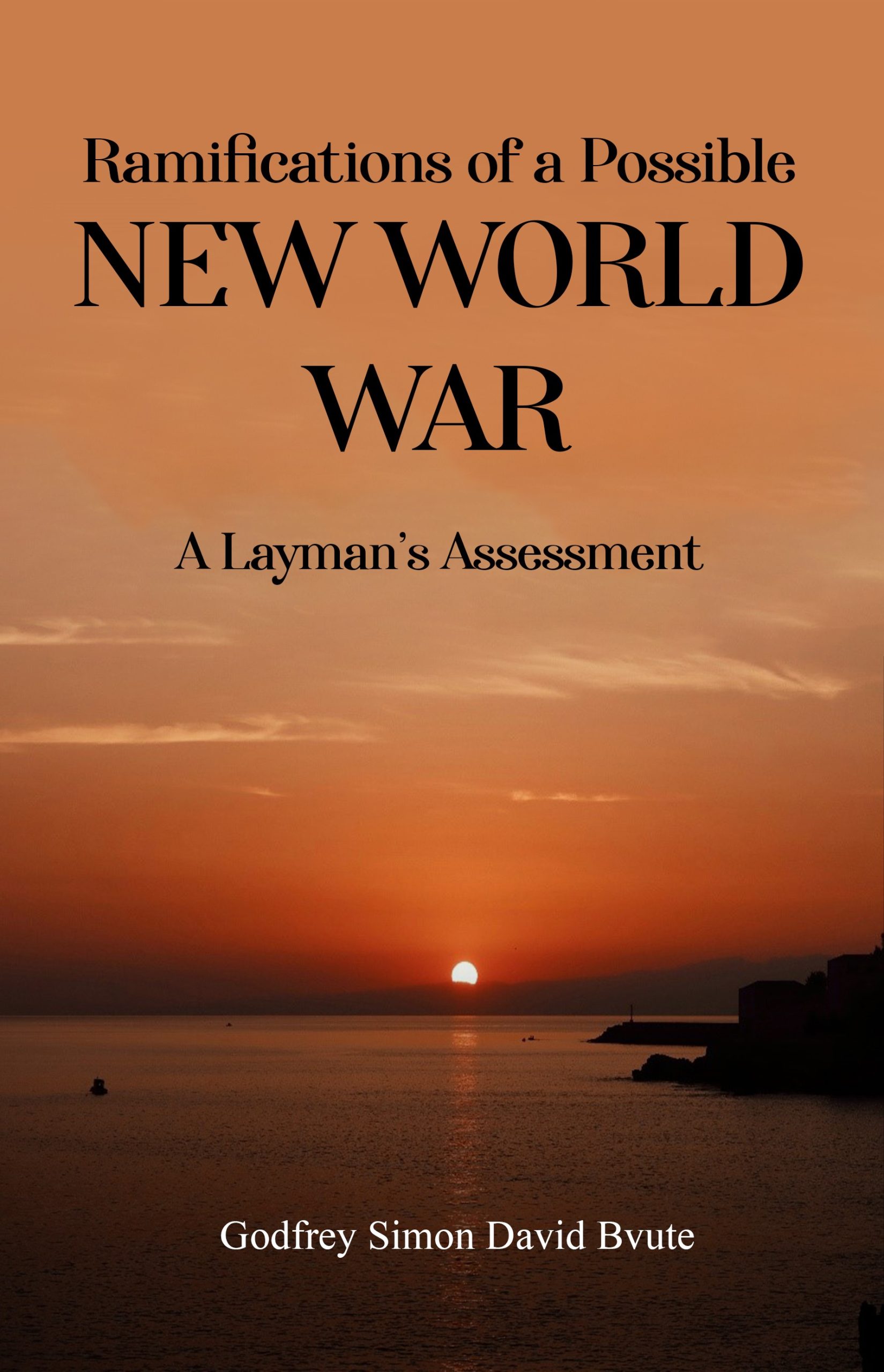When Western powers unleashed a historic barrage of sanctions against Russia in response to its 2022 intervention in Ukraine, many expected the Russian economy to crumble. Over 16,000 sanctions—targeting everything from banking to energy and trade—were imposed, making it the most sanctioned country in modern history. But rather than collapse, Russia recalibrated.

In Ramifications of a Possible New World War, Godfrey Simon David Bvute explores this economic pivot as a powerful case study in global realignment. Far from being a defeated state, Russia has demonstrated a surprising ability to withstand pressure and adapt strategically—exposing cracks in the Western-dominated financial system.
Turning Eastward: The Trade Shift
One of the most notable adjustments Russia made was shifting its trade partnerships away from the West and toward Asia and the Global South. With increased exports to China, India, and BRICS-aligned nations, Russia effectively reoriented its economic compass. By 2024, more than 40% of its trade was with Asian countries, a sharp pivot from pre-war patterns.
This isn’t just about economic survival—it’s about long-term strategy. Bvute highlights how this shift challenges the effectiveness of Western sanctions and signals a new multipolar economic world, where alliances are no longer dictated by traditional superpowers alone.
BRICS, Barter, and Bilateralism
Russia also doubled down on strengthening the BRICS coalition—Brazil, Russia, India, China, and South Africa—which increasingly functions as an economic counterbalance to Western-led institutions. Deals with India and China have bypassed traditional dollar-based systems, using local currencies or barter-style exchanges.
Bvute explores how these methods not only circumvent sanctions but also empower alternative economic systems that sideline the West. This movement, still in early stages, could reshape global trade dynamics for years to come.
Domestic Fortification
Internally, Russia increased industrial output, diversified its economy, and boosted agricultural production. Despite initial setbacks, the economy grew by 3.6% in 2023 and was projected to grow by 3.2% in 2024—figures that surpassed most Western economies during the same period.
Bvute draws attention to the fact that economic warfare, like military warfare, does not always produce predictable outcomes. Sanctions intended to destabilize Russia instead accelerated its independence from Western supply chains and systems.
Blowback and Global Distrust
The seizure of Russian assets held in Western banks added another layer of global tension. While the West saw it as justified retaliation, many countries in the Global South saw it as a dangerous precedent. Central banks in multiple nations responded by offloading US dollar reserves and buying up gold and other safe assets.
Bvute warns that the erosion of trust in Western financial institutions could lead to a broader fragmentation of the global financial system—an unintended consequence with far-reaching implications.
The Bigger Picture
Ramifications of a Possible New World War doesn’t just document Russia’s response—it uses it to underscore a broader theme: geopolitical conflicts now play out as much in stock exchanges and trade routes as they do on battlefields. Russia’s resilience under sanctions reflects a growing challenge to Western hegemony and a world slowly sliding toward economic and political realignment.
Curious about how global conflict could change the way the world trades, earns, and survives? This book delivers bold insights. Read it. Understand it. Share it.